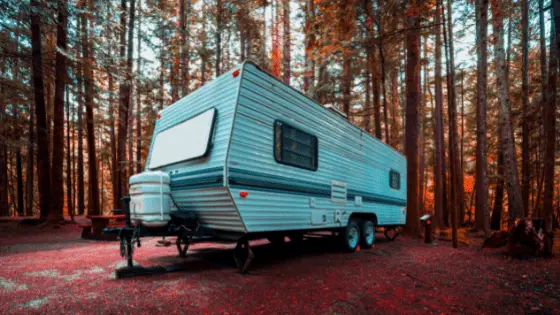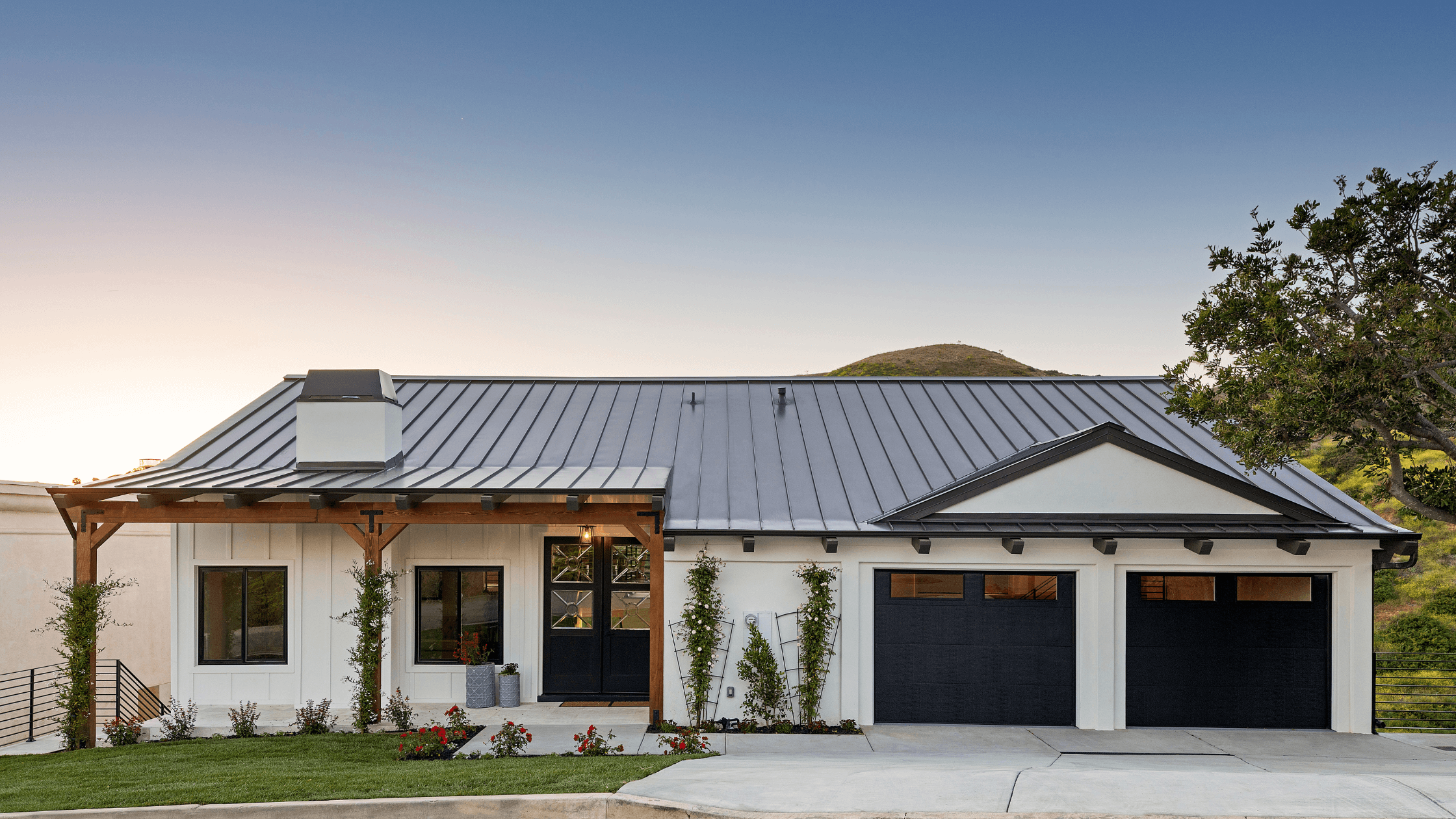Tiny Homes are small dwellings typically less than 400 square feet in area, sans the integrated lofts. The required minimum area varies, depending on the State, City, or County. They can be either built on wheels or permanent foundations. Tiny Houses usually have one or two lofts for sleeping, and their main floors are common house areas. They cost between $8,000.00 bare to more than $100,000.00. Their prices depend on the amenities and fixtures you plan as inclusions to the Tiny House.
Reasons to Go Tiny
Tiny Homes have been gaining popularity amongst a good cross-section of the population. The pandemic was a factor in influencing people to live in Tiny Homes, together with the savings they would get in downsizing. Other reasons, such as the following, may have, in one way or another, influenced a decision to go tiny.
Economic
Many people lost some or all of their income due to the pandemic, thus failing to sustain their lifestyles. Many were forced or encouraged to find alternative shelters. Tiny Homes have become popular alternatives as they allow significant lowering of expenses. They require less maintenance, less electricity, and fewer utilities to operate. Many who have transferred from a full-size house to living in Tiny Home attest to this.
Downsizing
The movement has seen a lot of jumpers who would like to dwell in a minimalist mindset. A Tiny House will force you to downsize your life, cut out expenses, prevent you from acquiring more furnishings and home accents. It will also discourage you from buying more clothes because of limited closet space. It forces you to downsize and thus helps you save money in the long run. It does not encourage a purchase that is more of a want than a need.
Financial Freedom
Financial Freedom does not necessarily mean you are free from monetary obligations or debts. It just means that you have absolute control over your finances. Or that you can now enjoy life without worries about where to get the funds for your next due date, or it can also mean that you earn more than enough that you live worry-free from thinking of your monthly payments. Living in a Tiny Home reduces your mortgages, which gives you an excess of funds every month.
Environmental Concerns
Concern for the environment has also been one of the major drivers for people to adapt to Tiny Home living. Living in a Tiny House reduces your carbon footprint, and you can even go a step further by installing solar cells for electricity generation. A Solar water heater helps improve your footprint further. Using LEDs for your lighting needs reduces electricity consumption, and tiny homes also have fewer light bulbs than your typical homes. Heating the Tiny House is also more economical since you only have a total of 400 square feet to heat.
Highly Affordable
One reason for tiny homes’ increasing popularity is that they cost only a fraction of typical houses. Ten thousand dollars can afford you a basic unit, and that price goes up to about $100,000.00 depending on the amenities you want. With traditional homes costing around $ 291,000.00, Tiny Homes set you back only by a third of this amount. With Tiny Homes, you can start owning a home earlier than usual. You do not have to wait so much to buy your first property.
Nomadic Lifestyle
Many Millenials have adopted the concept of working from home, freelancing, and an indie lifestyle. They do not need to go to an office anymore to earn. Millennials have redefined work as a concept. With this in mind, many who work remotely have adapted well to the tiny home concept because there is less to maintain, less area, and surfaces to clean. Thus, you can devote more time to your work, especially when you need to beat a deadline.
Millennial Mindset
If you are not fond of the material excesses of the previous decades, living in a tiny home should provide a counteraction. It helps you embrace a counter-culture that is more attuned to the environment or one that celebrates everything and anything wholesome around you. Tiny Homes are like blank canvases you can design any way you want, be it industrial-inspired, a Boheme-influenced lifestyle, or you can even find space to share it with your indoor plants. And since millennials and social media go hand in hand, tiny homes fit well in the partnership.
Closer to the Outdoors
Because of their design and limited floor space, most tiny homes have porches that double as dining areas or living room extensions. Thus Tiny Houses encourage people to enjoy their surroundings and go outside more, which, in effect, allows for a more balanced life that involves a higher level of consciousness to the environment. As a Tiny House owner, you will learn to cope with such limitations, and you are encouraged to enjoy other activities just outside of your home.
Encourage Creative Use of Available Space
Limited spaces can not accommodate traditional china or wardrobe cabinets. Tiny House owners have been very creative in turning every available nook and crannies into storage spaces. For instance, you can turn the otherwise unused space below a staircase into multiple cabinets and drawers to hold your clothes, electronics, or any other knick knacks you have. Drawers installed under the bed are excellent for keeping linens, books, or seasonal clothing. You can also use a daybed instead of a sofa for overnight guests. The daybed’s underside can also house drawers for more storage options.
The Rise of the Tiny
Many believe that the modern Tiny House Movement started in the 1970s. Publications about the movement include Tiny Houses by Lester Walker and The Not So Big House by Susan Susanka. Their popularity also gained ground when the need to downshift expenses during the world economic recession in 2007. Many people have considered tiny homes to cut on their living expenses. Being affordable and having a lesser impact on the environment also were factors in their popularity. The popular media has also caught up with the advocacy. There are television shows and YouTube channels that showcase Tiny Homes. Examples are Tiny House Hunters, Tiny Paradise, and Tiny Luxury on mainstream TV. There is also Living Big in a Tiny House, which has been doing YouTube videos since 2013.
Types of Tiny Homes
Tiny Homes come in various designs, but let us look at the three that seem to dominate the industry.
Tiny Homes on Wheels
The DMV considers Tiny Houses on Wheels as RVs. Thus, rules and regulations on RVs apply to them. These Tiny Homes allow you to park in RV parks and enjoy the amenities. They ride on a trailer registered under your name. Though registered at the DMV as RVs, Tiny Homes differ because of better construction materials. They are also considered as typical homes and not as vacation homes.
Tiny Houses built on Foundations
Also known as ADUs or Auxillary Dwelling Units, Tiny Houses on permanent foundations are not stand-alone housing units. To have an ADU, you must have a primary residence with an ample plot area to spare. You can only build an ADU on the same plot of land as the primary residence because it is only an auxiliary to the main building. Given the regulation, Tiny House owners can either ask permission from their parents to build their tiny home in backyards or lease a parcel of land from their friends. On the other hand, if you want to downsize and live in a Tiny House, you can also choose to make your primary a rental for that extra cash.
Container Vans as Tiny Homes
Container Vans are sturdy, and you can use them as frames for your tiny homes. All you need to do is install windows, insulation materials, and double walling for better control of indoor temperatures. Old container vans are relatively cheap blank canvasses that you can modify and personalize or customize. Construction companies use them as field offices in construction areas, a little upgrading, furnishings, and some fixtures can work wonders to make them more livable.
Where can I build a tiny home?
Despite the growing popularity and ecological advantages of a Tiny Home, not all states are friendly to many Tiny Homeowners. Rules and Regulations vary from State to State, City to City, and County to County. There are, however, two states of the USA that have welcomed and embraced Tiny Houses. They also serve as testaments in acknowledging that Tiny Houses is a growing industry in the country.
Texas is as Tiny Homes friendly as you can get. Depending on where you want to settle in your tiny home, you must submit to various Tiny Homes regulations. The movement has blossomed in Texas since Spur passed a resolution welcoming Tiny Homes owners and advocates to build there in 2014. Both RVs and ADUs are welcome in Texas, subject to regulations between counties and cities.
Another State that is Tiny Homes friendly is Florida. As with Texas, Tiny Homes regulations in Florida also differ between counties and cities. For instance, you should put your RV on a sturdier foundation if you plan to stay in an RV Park for more than forty-five days in Sarasota County. Classified also as RVs, Tiny Houses on Wheels require registration with the DMV. In some Florida Counties and Cities, the minimum area for Tiny Homes is 350 square feet.
The other States also welcome Tiny Homes ownership but are subject to their regulations.
Tiny Home in Your Future
If you plan to have your own Tiny Home in either state and are ready for the downsized lifestyle, GL&L Holdings can help you in that direction.
For a start, you can check on our listing at Tiny House Marketplace, click here and see it now. Our Tiny House on Wheels has an area of 320 square feet on a 40-foot trailer. Ready for an off-the-grid lifestyle, it features a living room, all the amenities of a traditional bathroom, and a bedroom with a full-sized foundation ready for you to select your mattress and go to sleep. You will never miss cooking in its kitchen, which sports a full-size refrigerator, a three-burner propane stove and an oven, a dishwasher, a hood vent, and a 24-inch sink, just like your kitchen at home.
Available this March 1st, we can deliver your own Tiny House anywhere in the state of Texas for a fee. Give us a call now at +1-832-770-9415 or reach out to us thru our email, info@gllholdings.com.
Our next blog is about the various opportunities and financing options at your disposal to owning your own Tiny Home.


